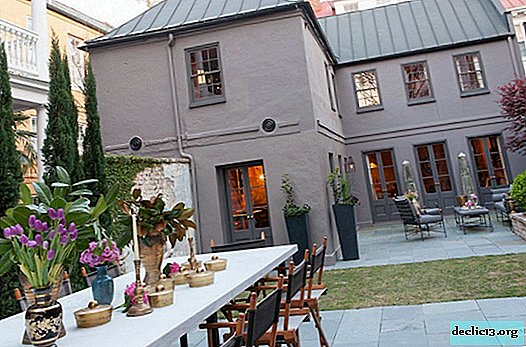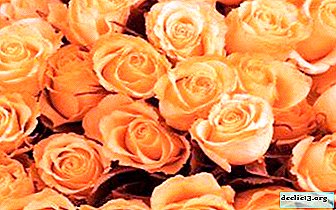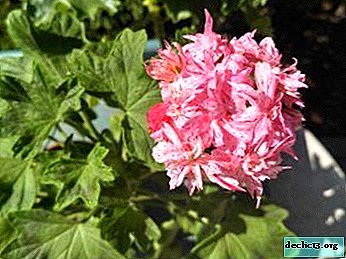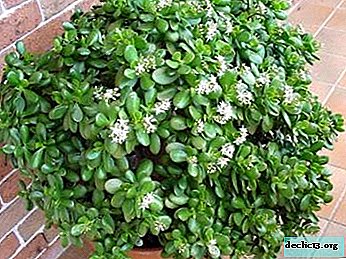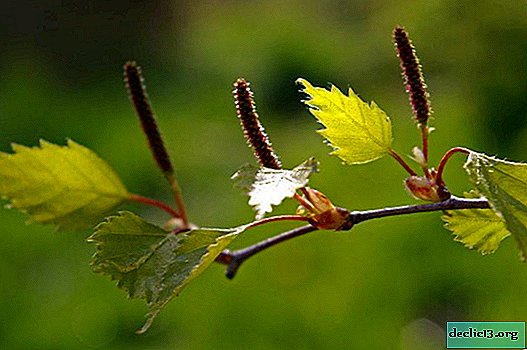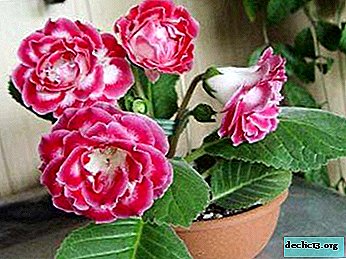What color can a cactus be? Mix of Ripsalidopsis varieties and bright buds in the photo

Ripsalidopsis is a plant of the cactus family, represented by a small and evergreen epiphytic shrub. It’s not without thorns. They are located at the tips of the shoots.
The place of origin of the plant is the hot tropical forests of South America. The shoots-branches consist of 4-6 segments (flat or ribbed) each, the width reaches about 3 cm. The color of the shoots is pale green. If the plant is in the sun, then the color of its branches can reach a reddish hue.
Many species are known, among which it is worth highlighting several varieties that flower growers especially loved, due to their high decorative characteristics.
In the article, we will consider clearly one of the popular species of this plant, and also find out the characteristics of each variety.
Popular cacti of this species in the photo
Domesticated Ripsalidopsis only a dozen, flower growers often prefer bright hybrids with large flowers (to learn about how Ripsalidopsis blooms and for what reasons does not bloom, you can here).
Of the “wild” varieties, the most common are Rhipsalidopsis Gaertneri and Rosea.Castor or Red Grapefruit
A distinctive feature of this forest cactus in front of other species is large, extremely beautiful and bright red flowers. The flowering period is spring. The leaves of the plant are short, with smooth protrusions at the edges, collected in bundles of three pieces.
Orange Rhipsalidopsis orange
This species is often confused with Schlumberger due to the similarity of the segments. This type of ripsalidopsis has long shoots with rather short segments. Blossoming in comparison with other species later, flowers of saturated orange color sometimes turning into red along the edges of the petals.
White Rhipsalidopsis White
The plant is derived from Ripsalidopsis Gartner. The bush is not high up to thirty centimeters, segments of medium length, very dense and plump, have rounded protrusions. The species stands out from all other snow-white flowers. Flowering is plentiful, but short-lived. You can extend the flowering period by removing wilted flowers in a timely manner.
Gartner Rhipsalidopsis gaertneri
The plant is in the form of a small shrub, 20-25 cm high, with drooping stems of a deep green color. Compared with other types of ripsalidopsis, the segments are longer and narrower, seven to eight centimeters long, 2-2.5 cm wide. Three or four rounded protrusions can be observed along the edges of the leaflets divided into parts. The upper parts of the protrusions have areoles, pubescent with brown villi.
Flowering begins gradually, from mid-spring. The buds slowly open, at the end segments. Flowers, ranging in size from four to eight centimeters, have a bell-shaped base and petals pointed to the ends. Coloring of flowers varies from scarlet to raspberry shades.
Pink Rhipsalidopsis rosea
The cactus has a bushy shape of a very compact size. The stems are bright green, not changing their color depending on the lighting. Small segments can be either flat or have a slightly pronounced ribbing. The flowers are pink, with a diameter of up to six centimeters with a bell-shaped base and pointed petals, slightly bending down.
Yellow Rhipsalidopsis salicornioides
The plant segments are small, up to three centimeters, club-shaped. The stems are numerous, branched, which visually gives the bush airiness. The flowers are small, yellow or salmon. When they fade, very decorative berries appear on the tips of the twigs.
Mix
Combination of several varieties of ripsalidopsis in one pot will look rather unusual and original or flowerbed. You can select plants for the neighborhood according to the principle of flowering terms - then planting will please the eyes with terry inflorescences for a long time, or you can make a composition based on the compatibility of shades of flowers of different varieties.

Common to all representatives of Ripsalidopsis is the bush-like form of the plant, a small height and oval, fleshy segments. This cactus in all its species diversity is well-bushy and the color of the stems in good lighting is emerald green. It can also be affected by many diseases and pests, among which a mealybug is often found. If the light is too bright, then a thin burgundy border appears at the edges of the leaves.



